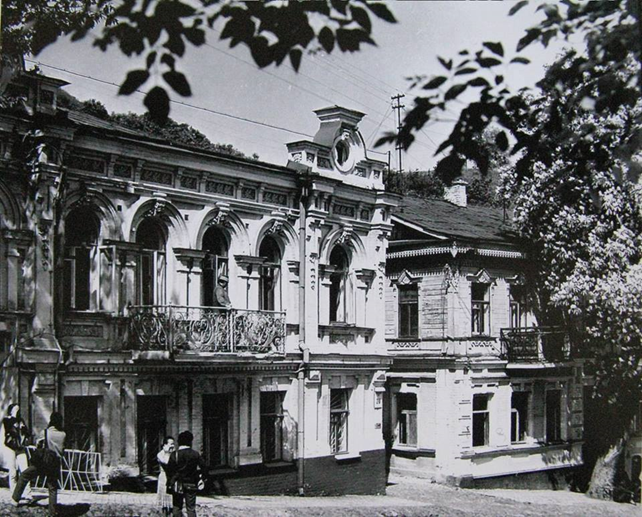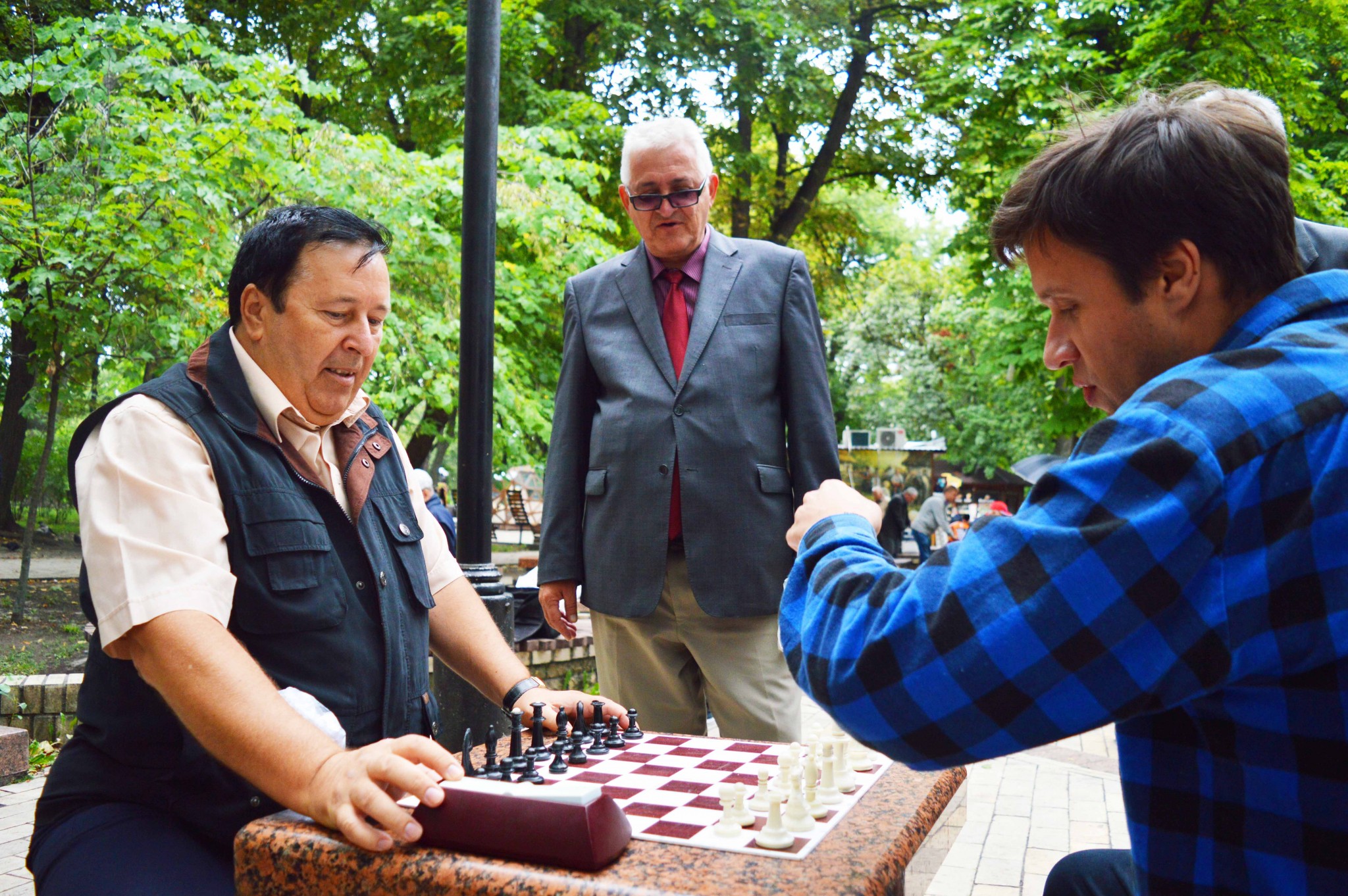Imagine that one day you walk one of the most famous streets in Kyiv to enjoy its unique atmosphere only to discover there something huge, black and so not matching the rest of the surroundings… You also find out it’s too late to protest because it’s already there and almost finished. On top of this, a lot of prominent people are trying to convince you that it’s called progress.
[socialpoll id=”2404780″]Last week, Ukrainian social networks burst out with disappointment over the recent opening of a reconstructed theater building in arguably one of the most ancient Kyiv streets – the Andriivskyi uzviz, nearly the Mecca of all tourists and locals.
The video by Alexander Kozachenko Photography for Forbes Ukraine will give you a view of the new theatre building from all angles and the surroundings.
The scandal has become a cause to witty memes. Many Kyiv residents were bewildered why Andriivskyi Descent of all places was chosen for the renovation, arguing that there exist plenty of other streets in Kyiv that could use some architectural experiments. One of the readers of Euromaidan Press even wondered if the theater was bought from IKEA.

The building was quickly nicknamed “the confinement” or even a “crematorium.” An online petition has already been launched to take the building down.
The chief architect of the building Oleh Drozdov from Kharkiv and his team, however, seemed surprised by such unflattering remarks in an interview to tsn.
“It’s an interesting opinion. But you see, the culture, other than ‘pop [culture]’, was never a mass phenomenon. Besides that, one needs to distinguish between ‘architecture’ and ‘non-architecture.’ Speaking of the former, it moves the society to the next level. This is what this project is about. In other words, in this case people need to give it a thought and analyze it to see what is what. I understand that this kind of style is strange and unusual for Ukrainians. The black design probably evokes certain images, e.g. like a crematorium (laughing). We tried to take this issue into account and for that reason have not fully abandoned the archaic style, but merely interpreted it in the present context,” explained the architect.

He also emphasized that the black material should alter its color over time from black to sage green and would fit better into the surroundings.
In addition, the Andriivskyi Uzviz was practically rebuilt in the eighties, thus, its cultural significance as it is today is exaggerated, according to the Kyiv architect and urbanist Lev Shevchenko.
Famous Ukrainian writer, Oksana Zabuzhko, believes that everyone concerned missed the very point of this event – that a new theater was built in Kyiv effectively for the first time in the past 83 years. Since 1933, the Soviet government had not built a single theater in Kyiv, only cinemas, because, as Vladimir Lenin said, ‘cinema and circus are the most important of all the arts for us.’
“This also means that four (indeed FOUR) generations of Kyiv inhabitants were completely out-of-touch with the concept of MODERN THEATER ARCHITECTURE as such. Those who don’t really know a thing about European theaters – were stuck with their own idea of theater buildings as the ones with ‘plush and balconies’,” Zabuzhko said, suggesting that Kyivans were just not up to date with modern architecture.
Without making any definitive conclusions just yet, we decided to check if European modern architecture has something to offer for the consolation of outraged Kyiv residents. Thus, the below photos from various locations, mostly in Europe, display an unusual combination of architectural styles.

CaixaForum Madrid is a museum and cultural center in Madrid. It was constructed by the Swiss architects Herzog & de Meuron from 2001 to 2007, which combined an old abandoned electrical station with new construction of floors which are encased with oxidized cast-iron.

The extension to the Royal Ontario Museum in Toronto, Canada, is called The Crystal and was first opened in 2007. It was designed by Daniel Libeskind, a Polish-American architect.

The Dancing House is an office building in Prague, Czech Republic. It was designed by the Croatian-Czech architect Vlado Milunić in cooperation with Canadian-American architect Frank Gehry on a vacant riverfront plot and was completed in 1996.

The Museum Of Modern Art in Vienna, Austria, was designed by Austrian architects Ortner & Ortner and completed in 2001. Photo via cityscouter.com.

The Black Diamond library in the harbor of Copenhagen is a modern waterfront extension to the Royal Danish Library’s old building in central Copenhagen, Denmark. Designed by Danish architects Schmidt Hammer Lassen, the Black Diamond was completed in 1999.

The new extension to the Jewish Museum in Berlin was designed by Daniel Libeskind and completed in 1999. It turned out to become the architect’s first major international success. Photo via libeskind.com.

The Monte Napoleone in Tbilisi, from the Agmashenebeli Avenue renovation project, now serves as a men’s’ clothing store.

















